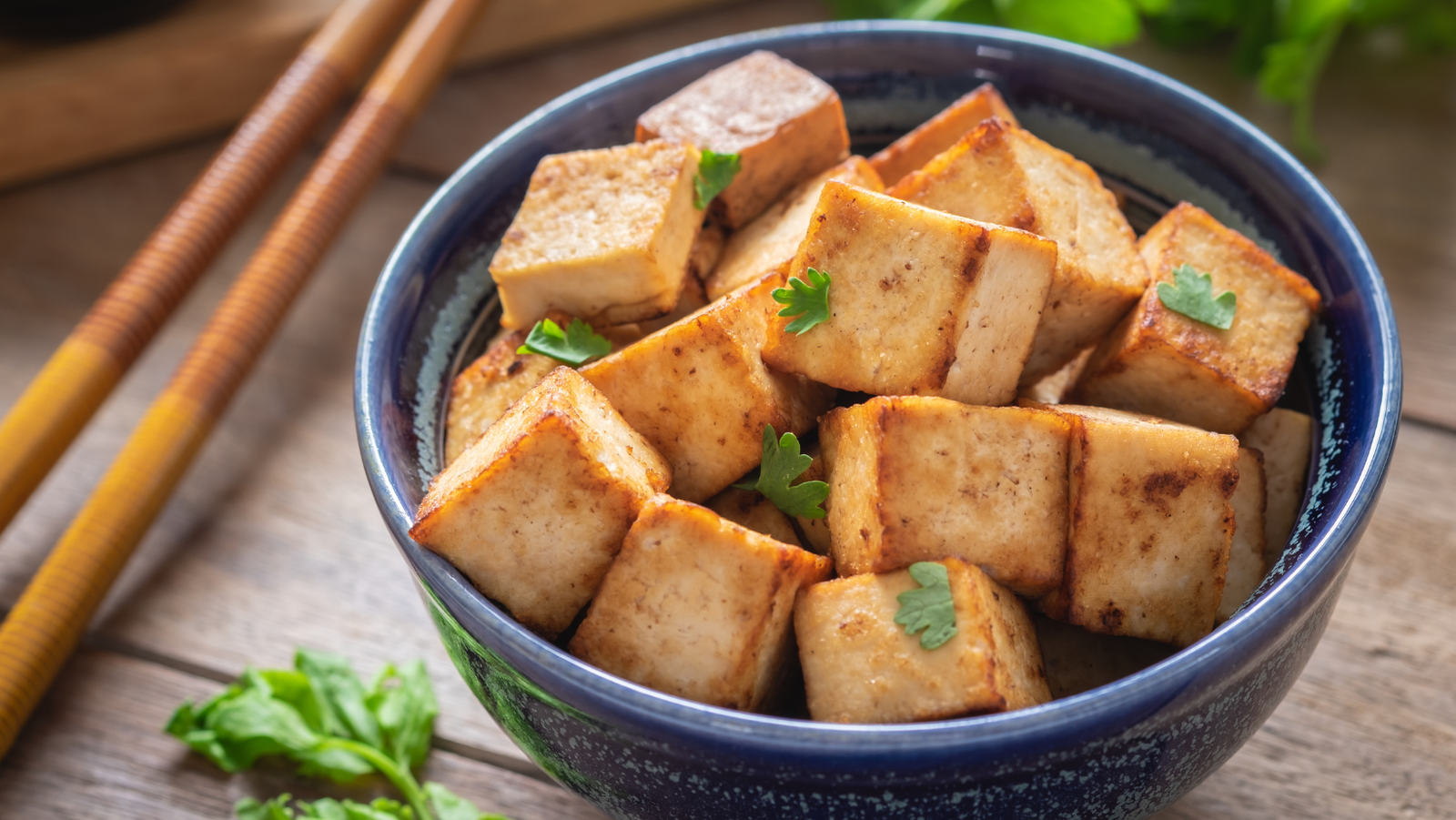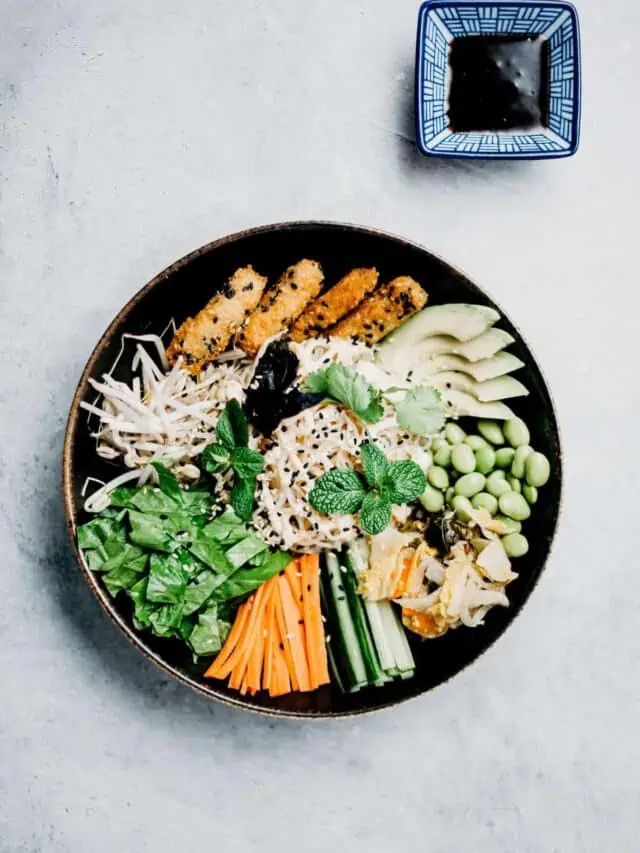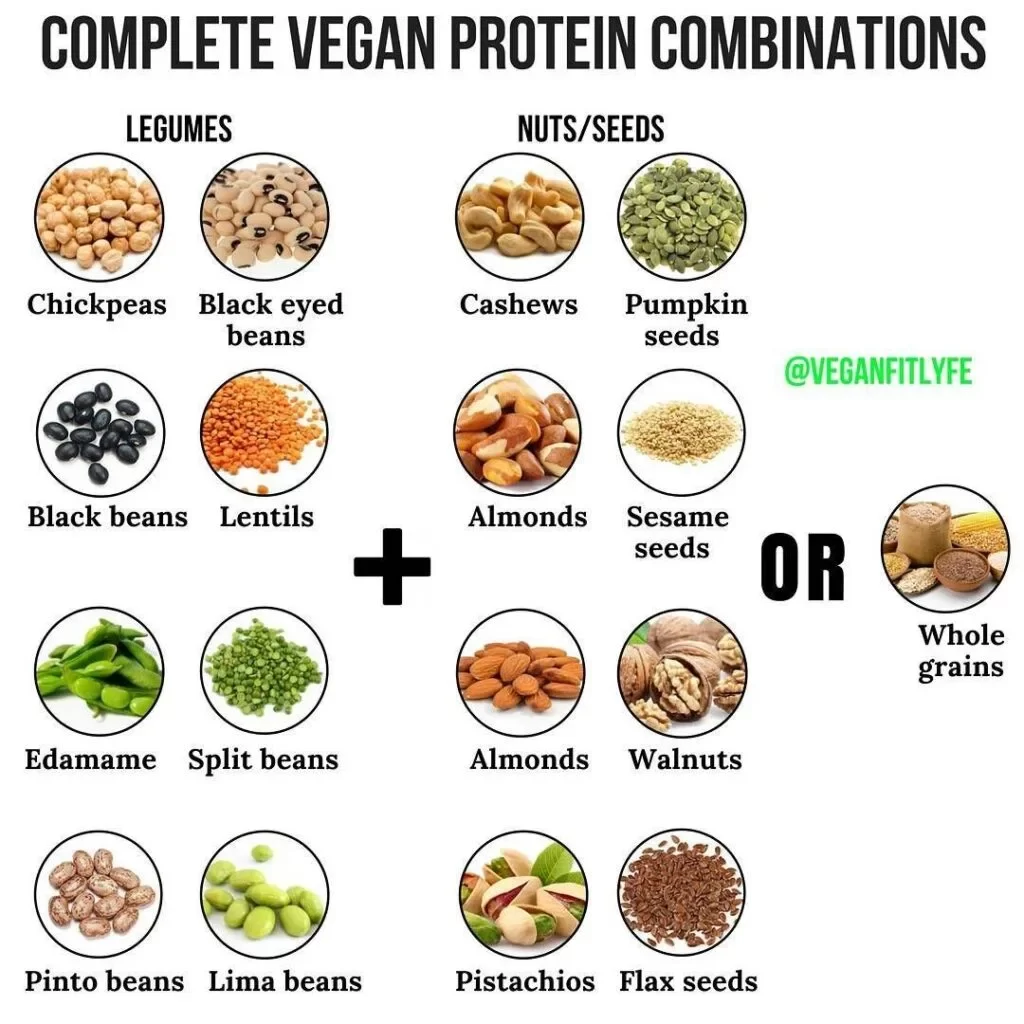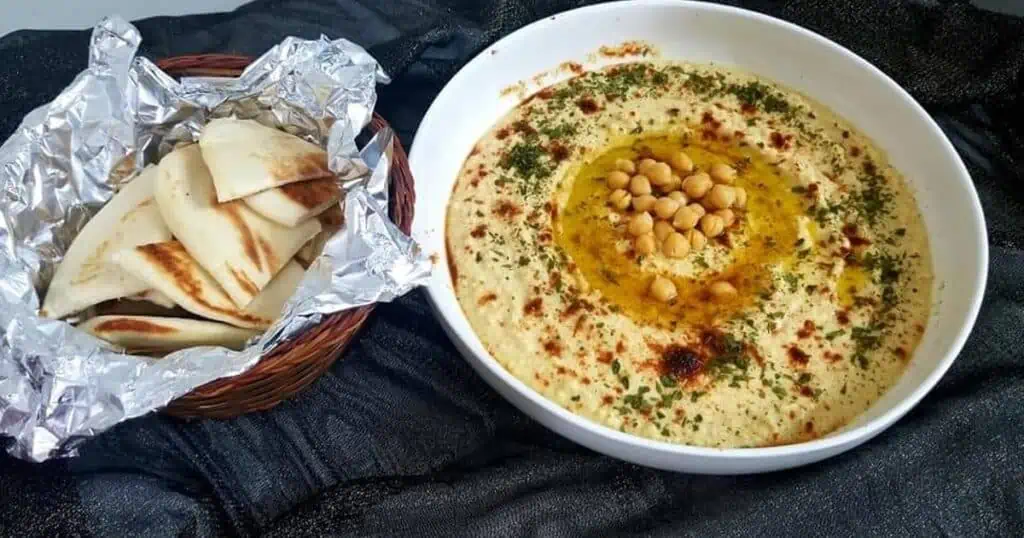We need protein to keep our immune system working and deliver oxygen to the cells. Studies have shown people must take a minimum of 10% of calories from protein. The minimum protein intake for a man should be about 56 grams, and for women, about 46 grams.
Contrary to the belief that protein is mainly in non-vegetarian food, one can get Complete Vegetarian Protein also by a mix-and-match process.
Table of Contents
Complete Vegetarian Protein
Meat is an important source of protein for our body. But it must be consumed in proportion, especially the fatty kind. Meat has a high chance of increasing blood pressure, cholesterol, weight, and other health-related issues.

Other than this, there are various sources of complete vegetarian proteins. You can get protein from beans, yogurt, and vegetables. Did you know vegetables contribute a large amount of protein to our body? Plenty of veggies in the market today can meet your daily protein needs.
A little menu planning can help you include your complete protein.
What is a Complete Protein?
Protein contains amino acids that help to build muscle, repair muscle tissue, maintain weight, and strengthen muscle growth. Protein is needed for our body to improve digestion and create antibodies to fight against infections. In short, you need adequate protein for proper functioning and maintaining a healthy body.
So, how to get complete vegetarian proteins from your diet? A complete protein vegetarian meal should contribute all 22 amino acids to the body in the quantities needed. Amino acids work as a building block of protein. Our body can generate 13 amino acids on its own. The 9 essential amino acids must be acquired from our daily diet.
You can only call it a complete protein if it contains all nine essential amino acids in quantities needed by the body. We all know that animal-based food is the richest source of protein. But people who are vegan or vegetarians also have many options.
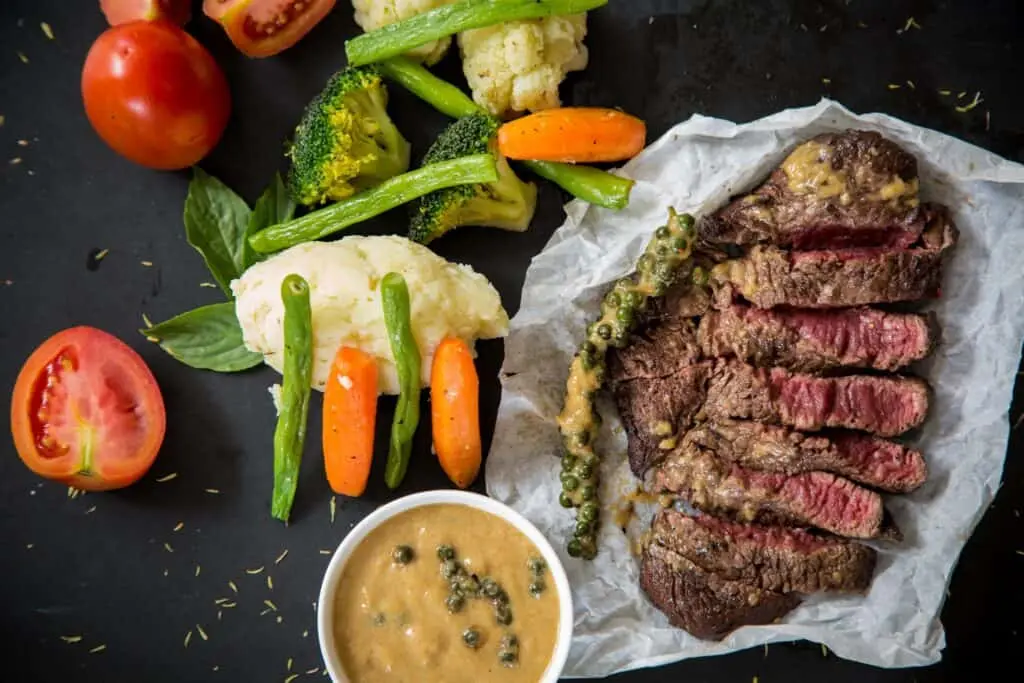
So, whether you are a meat-eater or vegan, it hardly matters. Whether you eat or add enough protein in the right proportion matters.
What is Incomplete Protein?
As already mentioned, our body can generate 13 amino acids independently. The rest of the 9 essential acids must be acquired from other sources. An incomplete protein contributes only some of the 9 essential amino acids to the body or in lesser quantities.
Vegan Complete Protein Combinations
If you are a vegan or vegetarian, you have often heard people saying, ‘How will I get a complete protein from vegetables’? Everybody knows animal products contribute the most protein to our diet. But interestingly, vegetables have high protein content to meet our daily protein needs.
However, for complete protein, vegetarian combinations must be formed to get all essential amino acids. So, what are the best vegetarian protein combinations?
Let’s explore this in detail:
- Legumes with nuts or seeds
- Legumes and grains
- Eggs and milk with any vegetable protein
- Lentils and almonds
- Bean soup and crackers
- Black beans and rice
- Whole wheat bread and peanut butter
- Hummus
- Lentil soup with whole-grain roll
- Pita chips and hummus
- Spinach salad with sunflower seeds
Studies have shown that plant-based food such as legumes, nuts, whole grains, seeds, and others consumed daily will contribute complete protein to your diet. Apart from being a high source of protein, these plant-based foods also contribute vitamins and minerals to our body.
Which Foods Have All 9 Essential Amino Acids?
Animal-based foods like eggs, fish, meat, poultry, and dairy contribute a complete protein by having all nine essential amino acids.
Regarding plant-based food, soy, such as soy milk or tofu, contributes a complete protein by having all nine essential amino acids.
On the other side, nuts, beans, peas, and whole grains do not contribute as a complete protein alone. You need to combine it with other food items to make it a complete protein for the body.
What are complete plant protein combinations?
There are plenty of plant-based foods that contribute complete protein to our body. It includes:
- Hemp – 30g
- Soy powder – 47g
- Quinoa – 4.4g
- Amaranth – 4g
- Buckwheat – 4.3g
- Chia Seed – 17g
- Tempeh – 19g

Food Combinations for Complete Protein
Most people often think about how to get enough protein from vegetables. A complete protein means it should contribute all 9 essential amino acids.
Few food items in the market lack a complete protein profile. This food includes:
Brown Rice- Brown rice is low in Lysine. It does not contain all nine essential amino acids. However, pairing brown rice with beans can make a complete protein.
Peas- Though peas are a rich protein source, they contain only 8 out of 9 essential amino acids. Peas can be combined with sesame seed, hemp seed, or chia seed to make it a complete protein profile for the body.
Examples of dishes that are combined to make a complete protein for our body.
- Rice and Beans
Rice and Beans contribute a complete protein to the body. It is called the classic pairing of complete protein to the diet. Whether brown or white rice, rice is high in methionine and low in lysine. At the same time, beans are high in lysine and low in methionine.
Therefore, combining both rice and beans gives a balance to the diet. As a result, it contributes a complete protein followed by nine essential amino acids to the body.
| Combined Vegetables | Quantity | Total Protein |
| Rice | 239 Grams | 12 grams |
| Beans | 239 Grams |
- Pita and Hummus
Pita and Hummus are popular Middle-East delicacies. Pita and Hummus, when combined, contribute all nine essential amino acids to the body. Just like rice, Pita is low in lysine to be provided as a complete source of protein.
In contrast, Hummus is high in lysine. Together, Pita and Hummus are a vegetarian diet with complete protein for the body.
| Combined Vegetables | Quantity | Total Protein |
| Pita | 57 grams | 7 grams |
| Hummus | 30 grams |
Are Dal and Rice a Complete Protein?
When it comes to lentils and legumes, they are high in lysine. In contrast, rice is low in lysine but is high in sulfur-based amino acids. So, combining 80% rice and 20% dal can contribute to a vegetarian complete protein in the body.
Which Are The Vegetarian Sources of Complete Protein?
Plenty of vegetables available in the market today are good with protein.
To name a few, best protein vegetables per 100g.
- Spinach – 2.9g
- Brussels Sprouts – 3.4g
- Artichokes – 3.3g
- Broccoli – 2.8g
- Asparagus – 2.2g
- Sweet corn – 3.2g
- Soybean Sprouts – 9.2g
- Green Peas – 5g
- Kale – 4.3g
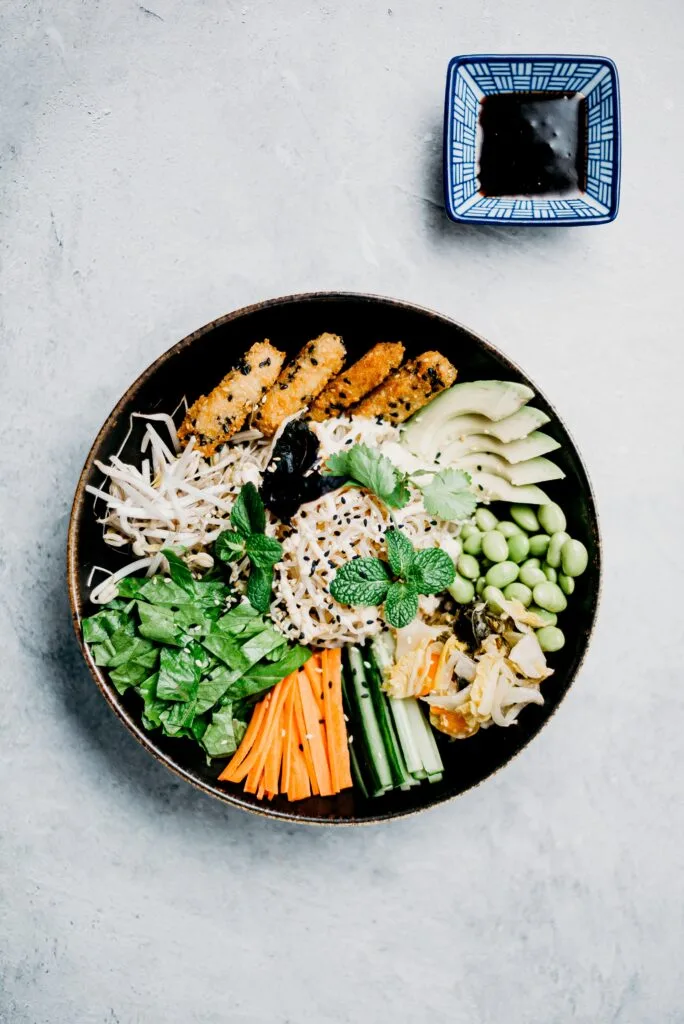
What are the Top 10 vegan protein foods?
There are plenty of plant-based foods that contribute high protein to the body. It includes:
- Nutritional Yeast
Nutritional Yeast is a complete protein that provides calcium, iron, and potassium.
- Whole Grain
Whole Grains are healthier, with more fiber, protein, and higher levels of many essential nutrients.
- Sprouted Bread
Sprouted Bread is a good fiber, protein, and complex carbohydrate source.
- Legumes
Adding legumes to your diet is a great way to boost fiber and protein intake. It is also cholesterol-free, fat-free, and high in fiber.
- Seitan
Seitan is a great protein source, especially for vegan or vegetarian diets.
- Chickpeas
Chickpeas are high in protein and an excellent source of vitamin B6, folate, vitamin C, and soluble fiber.
- Pea
Pea protein is a high-quality, naturally vegan, and hypoallergenic protein.
- Kale
Kale is the definition of a super vegetable. Add kale to a salad, soup, or casserole, or blend a handful into a green smoothie, knowing you have a super protein intake.
- Soybean
Soybean is higher in protein and quality than all other legumes. It reduces the risk of breast and prostate cancer.
- Sardines Fish
Fish is high in vitamin B12, vitamin D, and calcium but also high in protein. Also, they are low in saturated fat and sugar-free.
- Nuts and Seeds
Eating a handful of nuts every day can increase your protein intake. Nuts and seeds are rich in protein that keeps you full and helps you manage weight.
- Greek Yogurt
Greek Yogurt is a thick type of yogurt that is very nutritious for the body. It has a creamy texture and is extremely nutrient-dense.
Which Fruit is Highest in Protein?
Guava has the highest protein among all fruits with an excellent source of vitamins C, A, and folate. Other features included:
- Cholesterol-free
- Sodium-free
- High-fiber
- Low-fat
| Fibre | 8.9 Gm |
| Protein | 4.2 Gm |
| Carbs | 23.6 Gm |
| Calories | 112 |
| Fat | 1.6 gm |
Are Carrots High in Protein?
No, Carrots are low in Protein. They don’t add sufficient protein to the diet. A carrot contains only 0.5 grams of protein in the diet.
Do Tomatoes Have Protein?
No, Tomatoes are low in Protein. They don’t add sufficient protein to the diet. A 100 gram of tomatoes contains only 0.88 grams of protein in the diet.
Do Cucumbers Have Protein?
No, Potatoes are low in Protein. They don’t add sufficient protein to the diet. A 100 gram of tomatoes contains only 0.65 grams of protein in the diet.
Are Potatoes High in Protein?
Potatoes have 2g of protein per 100g and other essential nutrients that help maintain muscle growth. However, being a starchy vegetable, it should be eaten in proportion to prevent increased calorie count.
Is Broccoli Complete Protein?
Broccoli provides 2.8 grams of protein per 100 grams. In addition, broccoli is also a source of iron, fiber, and antioxidants. Also, Broccoli is an excellent, heart-healthy choice. Studies have shown that more than one-third of its carbohydrates come from fiber.
Are Cashews a Complete Protein?
Cashews are a rich source of protein, but it does not contain all nine essential amino acids. That’s why we cannot consider cashews a complete protein for the body.
How do you make Almonds a Complete Protein?
Almonds alone cannot be considered a complete protein. To make it a complete protein, you must combine almonds with other food containing all nine essential amino acids. For instance, combine almonds with garbanzo beans to make a complete protein for the body.
Conclusion
Whether you are eating a complete or incomplete protein, what matters the most is whether you are eating a healthy or versatile diet. Eating enough protein is much needed to build and repair muscle tissue. A wide selection of plant- or animal-based foods incorporates a complete protein for meat-eaters, vegans, or vegetarians.
